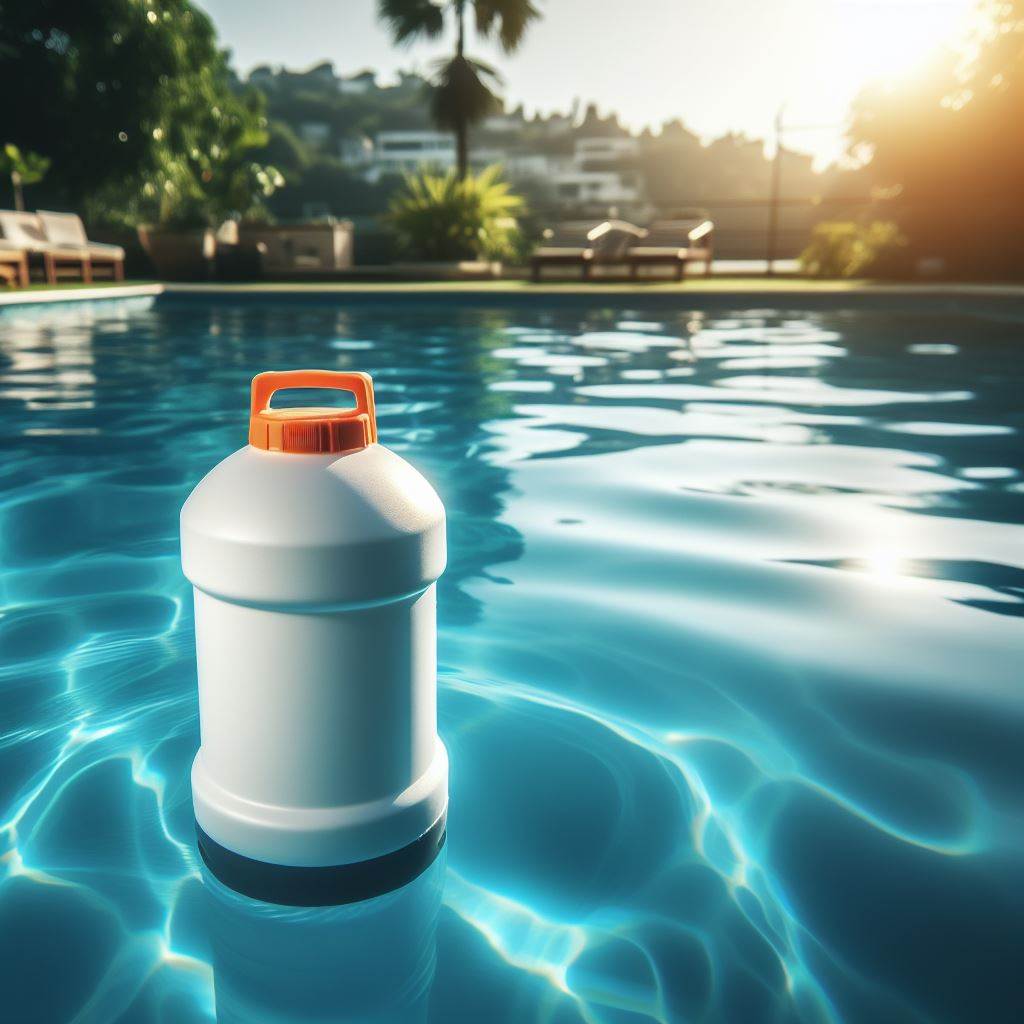To ensure the best water quality in pools, maintaining cleanliness and safety is essential. Among the various maintenance methods, using a chlorine floater, as opposed to manually adding chlorine tablets, offers a series of significant advantages. Chlorine floaters automate the process, uniformly and continuously releasing disinfectants, effectively reducing the need for manual intervention, enhancing disinfection efficiency, and ensuring safety. The following analysis details the advantages of using a chlorine floater compared to manually adding chlorine tablets and elaborates on each point.

1. Continuous and Stable Chlorination Levels
Continuous Release Mechanism: One of the biggest advantages of chlorine floaters is their ability to dissolve chlorine tablets slowly and continuously in the water, thanks to their internal design. This mechanism ensures consistent chlorine concentration throughout the pool. Compared to manual addition, this method prevents the sharp fluctuations in chlorine levels that typically occur immediately after manual dosing and then quickly diminish.
Maintaining Water Balance: The uniform release of chlorine makes it easier to maintain the balance of pH and other chemical components in the water, which is vital for the long-term health of the pool and the corrosion resistance of the materials.
2. Convenience of Use
Simplified Management: Using a chlorine floater allows pool maintenance staff to reduce the frequency of pool checks since there is no need for frequent manual chlorine additions. This not only saves time but also makes maintenance work more convenient.
Ease of Operation: Pool operators simply need to ensure that the floater is adequately supplied with chlorine tablets and check its position regularly, which automates water treatment. In contrast, manual addition requires more steps and precise chemical dosing calculations.
3. Reduced Chemical Waste
Precise Control: The design of the floater allows it to adjust the rate of chlorine release based on the flow and temperature of the water, which is more precise than manual dosing and can be adjusted to increase or decrease chlorine release as needed, thus avoiding overconsumption.
Cost-Effective: Due to its accurate dosing control, using a chlorine floater can reduce the overall consumption of chlorine tablets, thus saving on maintenance costs in the long term.
4. Enhanced Safety
Reduced Direct Contact: Using a chlorine floater reduces direct contact between personnel and chemical disinfectants, lowering the health risks associated with mishandling.
Automatic Adjustment: The automatic release of chlorine avoids the dosing errors and accidental exposures that can occur with manual additions, enhancing overall safety.
5. Better Chemical Distribution
Uniform Dispersion: The chlorine floater drifts with the flow of the water, allowing the chlorine to be evenly distributed to every corner of the pool. This is especially important in large pools, where manual additions often fail to achieve such uniformity.
Lasting Effect: Uniform chemical distribution ensures overall cleanliness and the continuity of disinfection effects, keeping the pool in good condition over time.
Conclusion
Overall, the use of chlorine floaters has several advantages over manual chlorine addition. They not only provide more stable and uniform chemical treatment but also reduce maintenance costs and safety risks. For facilities seeking efficient and safe pool management methods, chlorine floaters are an ideal choice. By investing in this automated equipment, pool operators can improve maintenance efficiency and ensure a clean, healthy swimming environment for swimmers.
